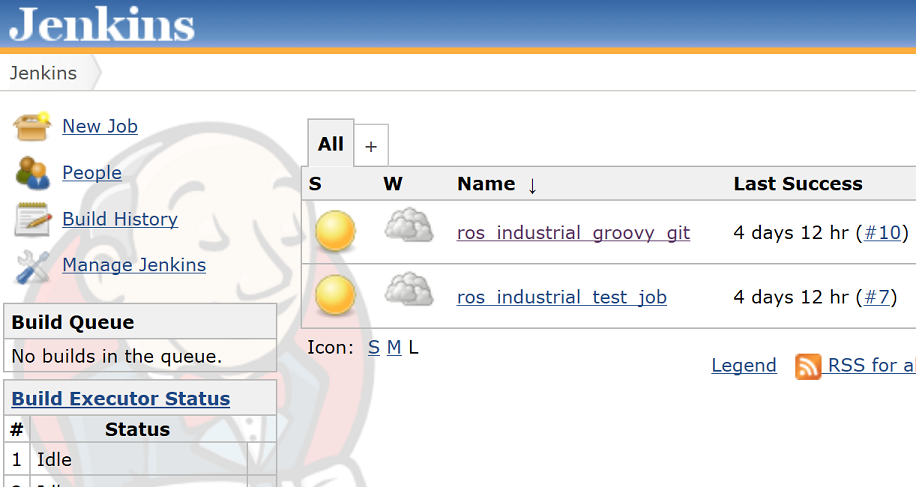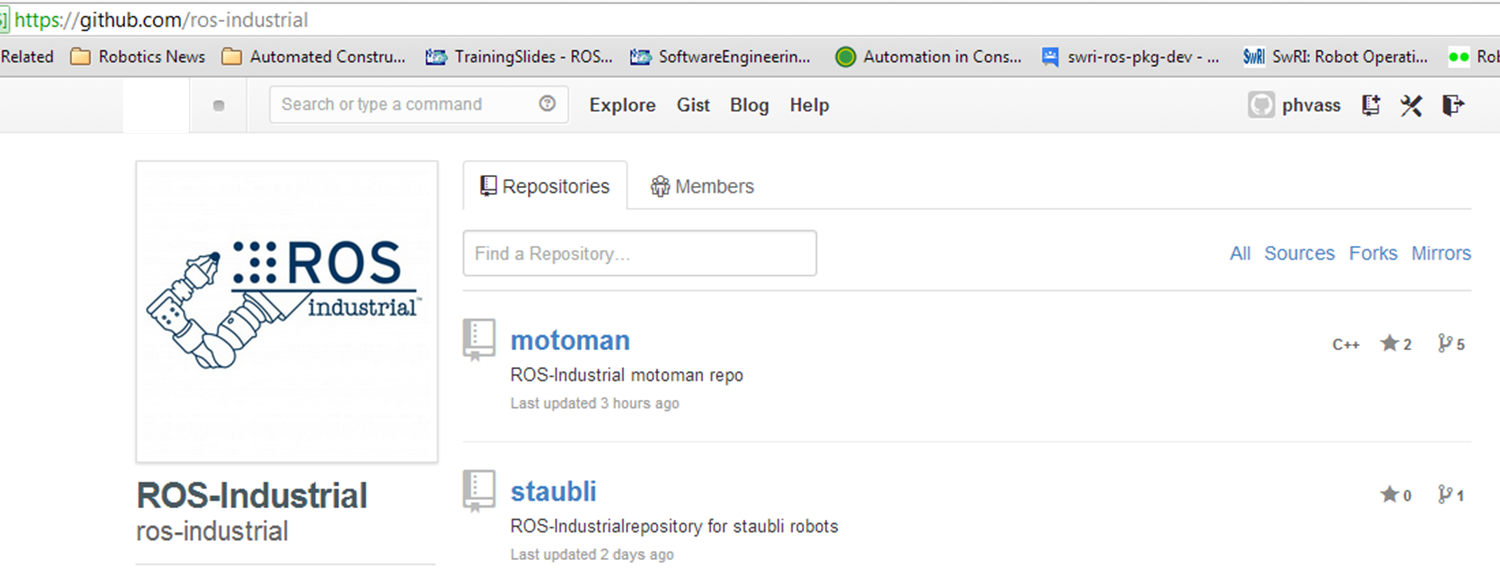UT Austin NRG: RIC Americas Member of the Week
/The Nuclear Robotics Group (NRG), an interdisciplinary research group associated with the Nuclear Engineering Teaching Laboratory (NETL), is headed by Dr. Mitch Pryor at the University of Texas at Austin. NRG uses industrial automation hardware to conduct graduate-level research targeting the energy sector. Because of NRG's experience with a variety of C++ based middleware for its research in the past, it made sense to begin using and contributing to ROS-Industrial over the past year as a Consortium member.
The ROS-Industrial team at SwRI enjoyed working with NRG researcher Dr. Brian O’Neil who spent summer 2012 developing a 3D object classifier that was used for the ROS-I Automate Demo. O’Neil’s work demonstrated how quickly academic research can transition to practical use on real industrial hardware. In a period of a few months, his idea was in practice on a heterogeneous dual manipulator system that demonstrated many of the core capabilities of ROS-Industrial.
NRG has recently released a Multiscale Teleoperation Demo video (below) that shows a natural user interface used to control an industrial robot. In the video, Ph.D. candidate Jack Thompson uses hand and arm motions to set waypoints for a simulated Motoman manipulator. A PrimeSense RGB-D sensor observes Thompson’s motions, and then his ROS/PCL-based software nodes interpret the motions and convert them to tool poses. What is unique: Thompson has a separate input control that scales the system’s sensitivity to his hand/arm motions. If he wants the robot to execute a small/delicate motion or a large macro-motion he is able to do so by scaling the sensitivity accordingly, making control of the system much more efficient. Up next, Thompson will being working with NRG’s Motoman SIA5 robots.
We look forward to more exciting accomplishments and collaborations with NRG.




























